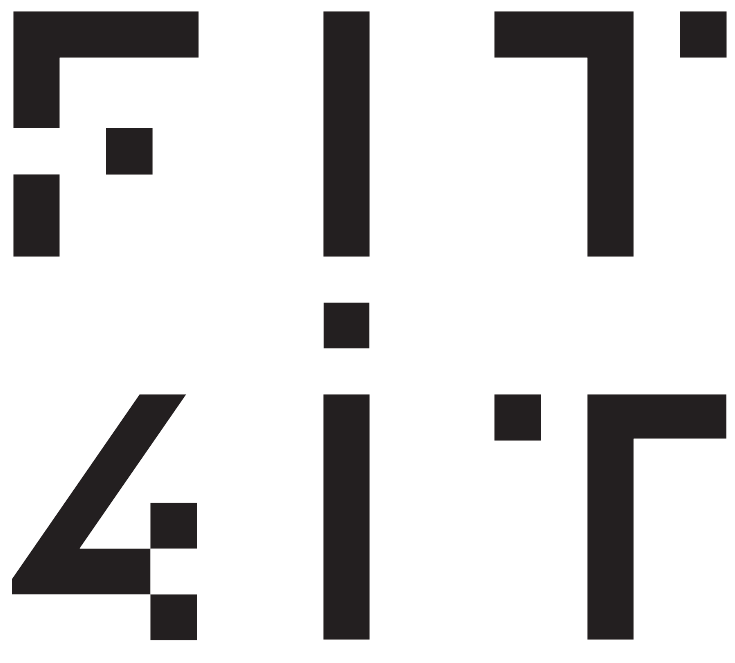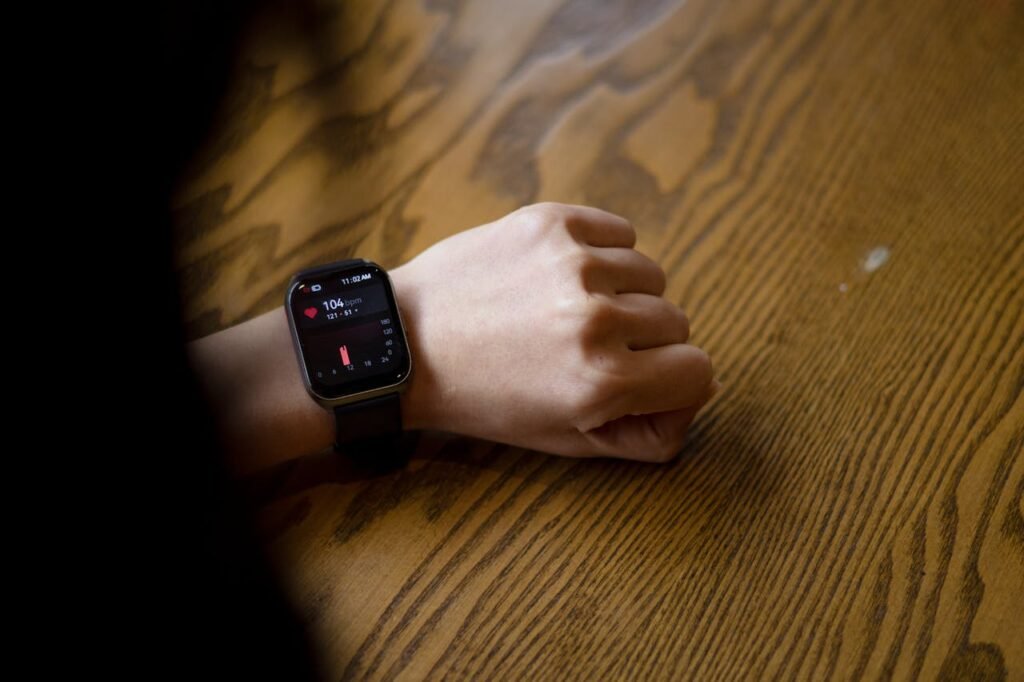Most professionals today focus on productivity metrics like deadlines, meetings, and performance goals, but overlook a deeper signal that reveals how well they’re truly functioning: heart rate variability (HRV).
That is why understanding the importance of HRV goes far beyond fitness; it’s about how effectively your body adapts to stress, recovers from challenges, and maintains balance. When tracked consistently, HRV offers insight into your physical, emotional, and mental health resilience, helping you perform at your best not just at work but in every area of life. Incorporating HRV tracking into your personal training routine can help tailor workouts to your recovery levels and prevent burnout.

The importance of HRV lies in its ability to reveal how well your body adapts to stress.
What HRV Really Is
Most people know heart rate: beats per minute. HRV is different. It measures the tiny variations in the time between each heartbeat. Here’s the surprising part: a healthy heart doesn’t beat like a metronome. If your heart rate is 60 beats per minute, that doesn’t mean one beat every exact second. It might be 0.98 seconds, then 1.04 seconds, then 1.01. That subtle variation is HRV.
So why does HRV even matter? Because it shows how well your body can shift gears. When your HRV is on the higher side, it usually means your system knows when to step on the gas and when to hit the brakes. You can move from being alert and focused to being calm and able to recover without much friction.
How You Can Track It
The great news? You don’t need a lab or a clinic. HRV is now easy to monitor at home:
- Wearables like WHOOP, Oura Ring, Garmin, or Polar track it daily.
- Smartwatches (Apple Watch, Fitbit) give HRV snapshots, especially during sleep.
- Apps with chest straps can provide precise readings if you want deeper data.
The trick isn’t chasing a “perfect” HRV score; everyone’s baseline is different. The value lies in spotting trends. Is your HRV improving as you sleep better and train smarter? Or dipping during stressful weeks, long flights, or late-night emails? That pattern tells the story.
Why HRV Matters
Think of HRV as your nervous system’s report card. It gives feedback in three big areas:
- Stress vs. Recovery: A low HRV is often a sign your system is overloaded. A higher HRV signals a balance.
- Training Readiness: Think of HRV as your body’s way of giving you a morning check-in. For athletes, it helps decide whether today’s the day to push for a personal best or to take it easy. The same idea works for executives. If your HRV is low, it might be smarter to go lighter on your workout and give your body space to recover. If it’s higher, that’s your signal to go harder.
- Emotional Resilience: HRV isn’t only about the gym. It also says a lot about how steady you are under pressure. When your nervous system is balanced, you not only recover faster from exercise but also stay calmer in tense meetings, handle conflict without snapping, and think more clearly when the stakes are sky high.
The Executive Edge
This is where HRV becomes more than a health metric. For leaders, it’s a performance advantage.
If your HRV is consistently low, you might notice:
- Shorter patience with colleagues or family.
- Slower recovery from workouts.
- Brain fog and afternoon energy crashes.
- Sleep that doesn’t leave you refreshed.
On the other hand, when your HRV trends upward, you’ll feel the difference. Clearer focus. More stable energy. Sharper presence in the boardroom. It’s the nervous system equivalent of shifting from “surviving” to “thriving.”
HRV & The Nervous System Reset
At FIT4IT, HRV is central to our Nervous System Reset program. We don’t just look at weight, strength, or nutrition. We look at recovery because, without it, results don’t last.
Here’s how we use HRV in practice:
- Mindfulness and breathwork to activate the vagus nerve and naturally raise HRV.
- Balanced training that pushes when the body is ready, but prioritizes recovery when it’s not.
- Nutrition coaching that lowers inflammation and supports stable energy, two key drivers of higher HRV. Many nutritionists also emphasize monitoring HRV, as diet quality and recovery nutrition play a crucial role in maintaining a balanced nervous system.
- Sleep strategies to repair circadian rhythm and boost nervous system resilience.
A Practical Example
One of our executive clients came to us exhausted, sleeping 5–6 hours a night, and feeling “wired but tired.” His HRV scores were consistently low.
We didn’t just pile on workouts. Instead, we introduced breath resets between meetings, added two recovery-focused training sessions per week, and tightened up his evening routine for deeper sleep.
Within a month, his HRV began climbing. Soon after, he reported sharper energy in morning meetings, fewer crashes after lunch, and to his surprise, faster fat loss without changing much else. His nervous system had finally shifted from overdrive into balance.
Why It Matters For You
If you’re someone who runs at a high level, leading teams, making big decisions, managing stress on top of staying fit, HRV can be one of the most valuable signals you track. Unlike most numbers, it gives you live feedback on how your choices, your training, and even your recovery are actually affecting your body. Think of it as an early warning system before burnout hits, and a compass pointing you back toward balance.
- For your health: HRV is a snapshot of how strong and resilient your heart and metabolism really are.
- For your fitness: It tells you if today’s the day to push hard in the gym or if your body needs to recharge.
- For your leadership: A steady HRV is a sign you can handle stress without letting it run you down, staying clear, composed, and effective when it matters most.

Tracking HRV consistently provides valuable insight into how lifestyle choices like sleep, exercise, and nutrition affect your resilience.
Heart rate variability might seem like a small number buried in your fitness tracker, but it’s one of the most powerful tools you can use to understand and improve your performance.
We don’t obsess over numbers on a screen. HRV is useful, but only because it tells us how your body is coping day to day. We use it as one piece of the bigger picture, helping you calm your nervous system, bounce back from chronic stress, and find the kind of steady energy you can rely on.
When that balance clicks, everything else gets easier. Your body recovers. Your focus sharpens. You handle pressure with more clarity. It’s not just about fitness anymore; it’s about showing up better in every part of your life.
Was this helpful?
Good job! Please give your positive feedback
How could we improve this post? Please Help us.






No Comments